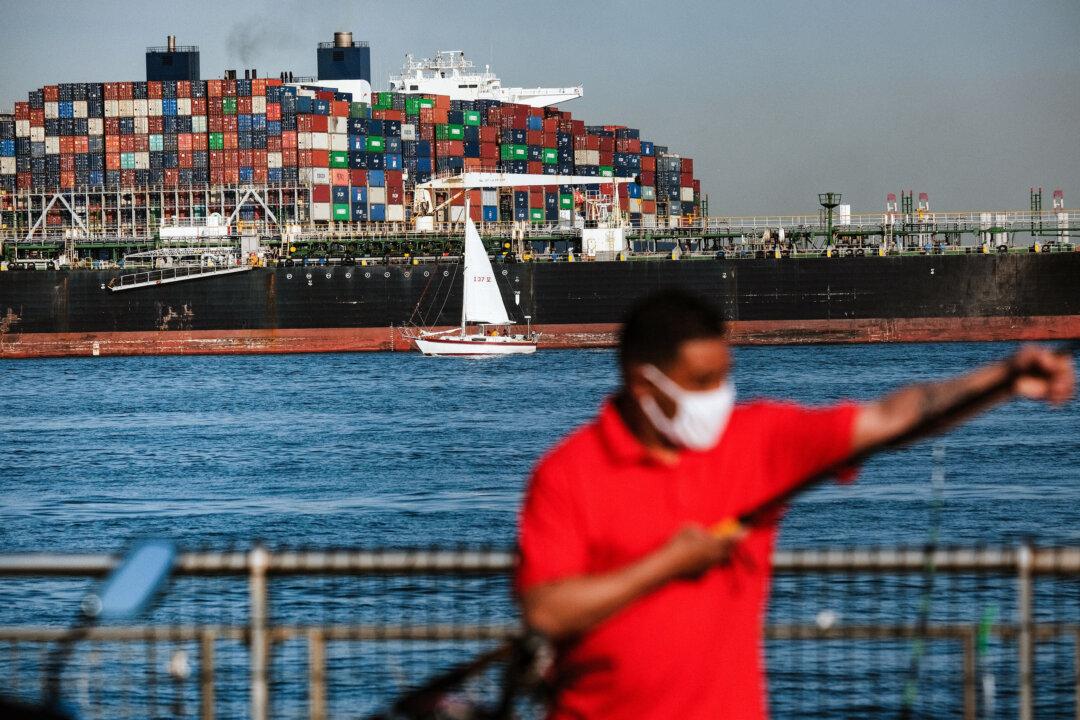Tens of thousands of dock and maritime workers could hit the picket lines on Oct. 1, the largest union of maritime workers in North America confirmed in a Sept. 30 statement.
The International Longshoremen’s Association (ILA) posted on social media that many of the union’s members will strike at 12:01 a.m. on Oct. 1, when the current collective-bargaining agreement expires.





